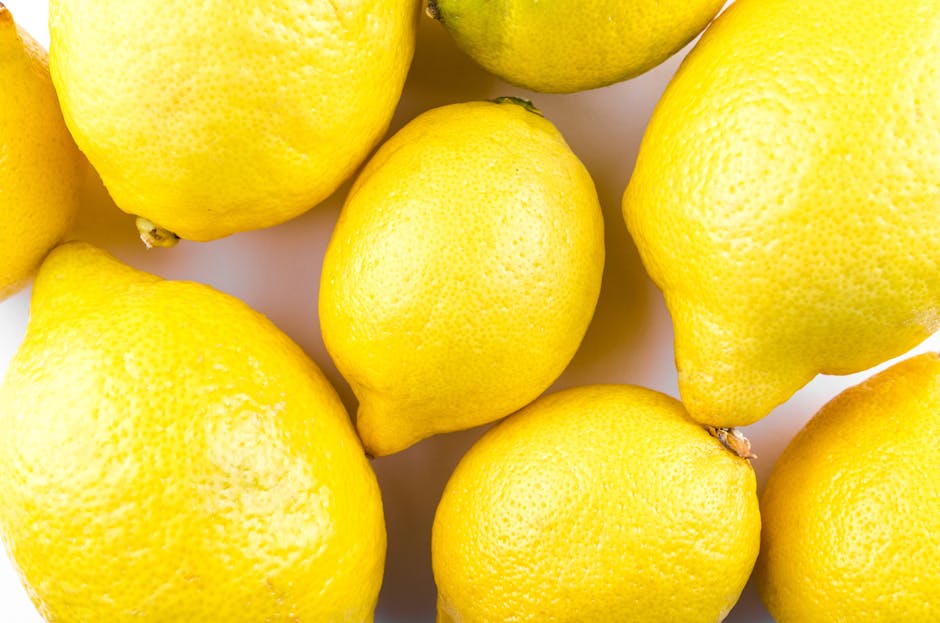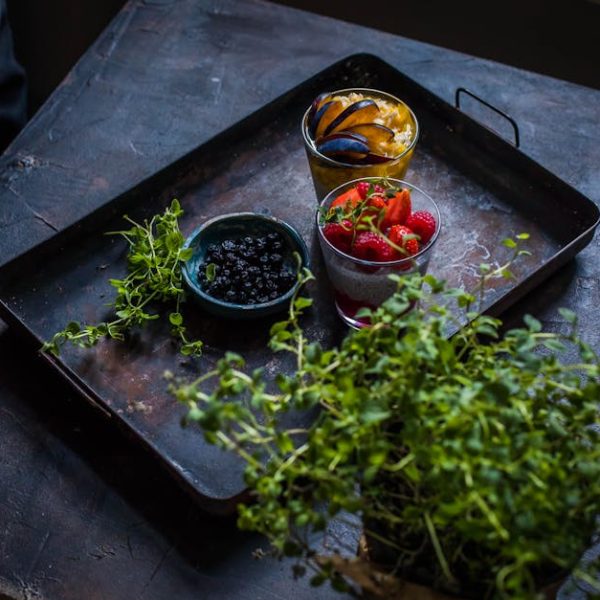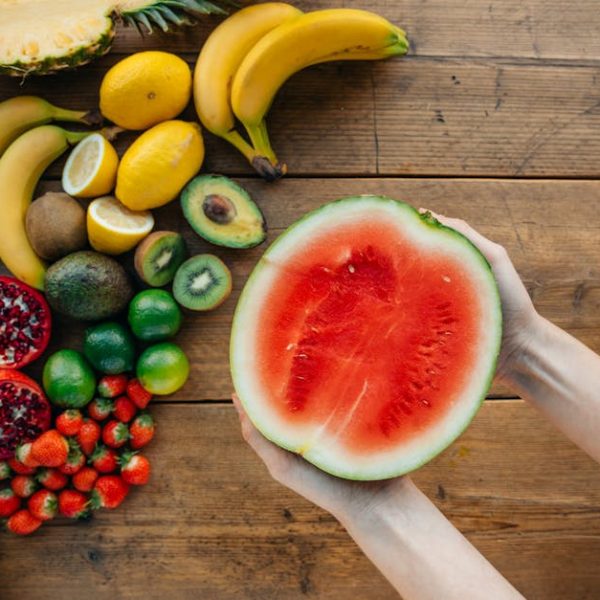How often have you brought a fruit salad to a picnic or barbecue, only to discover that it’s turned into a bleeding, soggy mess during the course of the day? Frustrating, right? The secret to creating a mouthwatering fruit salad lies not only in the choosing the right fruits or adding sugar-laden dressings, but in knowing exactly how to prepare, combine, and store it. So, here we are with the top five genius tips to help you keep your fruit salad fresh, crunchy and delicious throughout the day.
Proper Fruit Selection for Fresh & Tasty Salad
Selecting the right type of fruits plays a pivotal role in the outcome of your salad. For the freshest, tastiest salad, you’ll want to use fruits that are in season and full of natural sugars. Some fruits like apples, grapes, and citrus fruits are known for their ability to retain freshness for a longer time. If you’re seeking variety, you can always pair these fruits with more delicate ones, like berries or peaches, just before serving. On the other hand, non-seasonal fruits might be an appealing choice to add exotic flavors, but remember they are often stored for prolonged periods and lack the same freshness that seasonal fruits offer.
How to Prep Your Fruits for Salad
Preparing your fruits right is the cornerstone of a great salad. Most fruits should be rinsed under cold water to remove any residual dirt or pesticides, then carefully dried to prevent dilution of flavors. Peeling comes next, though this is optional for many fruits, leaving the skin intact can add an extra crunch to your salad. Cutting should be geared towards obtaining uniform pieces, not only does it enhance the aesthetics, but it also helps in even flavor distribution. One pro tip here is to keep ripe and soft fruits like bananas, ripe mangoes, or berries aside to add just before serving, to avoid them from turning mushy and affecting the texture of your salad.
Correct Layering of Fruits in Your Salad
A lot of us are guilty of tossing all the fruits in a bowl, giving it a stir and serving it right away. But arranging your fruits in layers can have a significant impact on the overall freshness and taste of your salad. Dense fruits like melons or pineapples can go at the bottom as they release less juice, followed by medium-density fruits such as apples or oranges. The top layer should be of the softest fruits that might otherwise get squished beneath the weight of others. However, remember to toss the salad gently just before serving to blend the flavors while keeping the texture intact.
Next, we will delve into the right kind of dressings and sweeteners for your fruit salad. Stay tuned!
Using the Right Kind of Dressing and Sweeteners
The dressing and sweeteners you choose not only contribute to the taste but also influence the freshness of your fruit salad. When it comes to dressings, citrus-based ones like lemon or orange juice add a refreshing tang to the salad and help to keep fruits from browning. Honey or agave nectar are excellent natural sweeteners that do not overpower the natural flavor of your fruits and significantly reduces your processed sugar intake.
| Dressing/Sweetener | Taste | Freshness |
|---|---|---|
| Citrus Juice | Tangy | Prevents browning |
| Honey | Sweet | Maintains freshness |
| Agave nectar | Mildly Sweet | Maintains freshness |
Storage Tips for a Fresh Fruit Salad
Storing your fruit salad correctly is key to keeping it fresh and enjoyable for hours to come. Glass bowls with airtight lids are ideal storage containers as they resist stains and odors, and helps maintain the fruit’s temperature. To further enhance the freshness, store your salad in the coldest part of your fridge, usually the bottom shelf. Here’s a quick checklist to keep in mind when storing your fruit salad:
DOs:
- Store in an airtight container
- Keep in the coldest part of your fridge
- Add delicate fruits just before serving
DON’Ts:
- Leave the salad at room temperature for long periods
- Add dressings and sweeteners way in advance
By following these genius tips, you can easily whip up a fruit salad that retains its freshness and taste, making it the star of every event. Now, that’s a skill worth mastering!
Key Takeaway:
- Choosing the right fruits including seasonal ones enhances the freshness and taste of a salad.
- The method of preparing your fruits, such as rinsing, peeling, and cutting, plays a crucial role in the freshness of a salad.
- Layering your fruits correctly contributes to the overall texture and freshness of the salad.
- The choice of dressings and sweeteners influences the salad’s taste and freshness.
- Storing a fruit salad correctly is paramount to retaining the salad’s freshness, crunch, and taste over time.
Continuing to experiment and getting creative with your choice of fruits, dressings, and sweeteners can only further improve your fruit salad skills. Remember, the freshness of your salad depends not only on the ingredients but also on the preparation and storage methods. So, with these genius tips, let’s get slicing and dicing for that perfect bowl of fruit salad!
FAQs
Q: Can I use canned fruits for my salad?
A: Yes, you can use canned fruits but fresh fruits are generally more refreshing and healthy due to the absence of preservatives.
Q: How long does my fruit salad stay fresh in the refrigerator?
A: An appropriately stored fruit salad generally stays fresh for about three to five days in the refrigerator.
Q: Is it necessary to peel all fruits for a salad?
A: It is not necessary to peel all fruits. Some fruits like apples or peaches have edible skins that add a unique texture and extra nutrition to your salad.
Q: Can I substitute honey with sugar for sweetening my salad?
A: Yes, you can use sugar but honey is a healthier option as it is a natural sweetener and does not overpower the taste of your fruits.
Q: What can I do to prevent my salad from turning brown?
A: Add a bit of acidic juice, like lemon or orange juice, to your salad. It can prevent the browning of fruits due to oxidation.
Feel free to share this article if you found it helpful and informative, and don’t forget to explore other interesting posts on our website.






